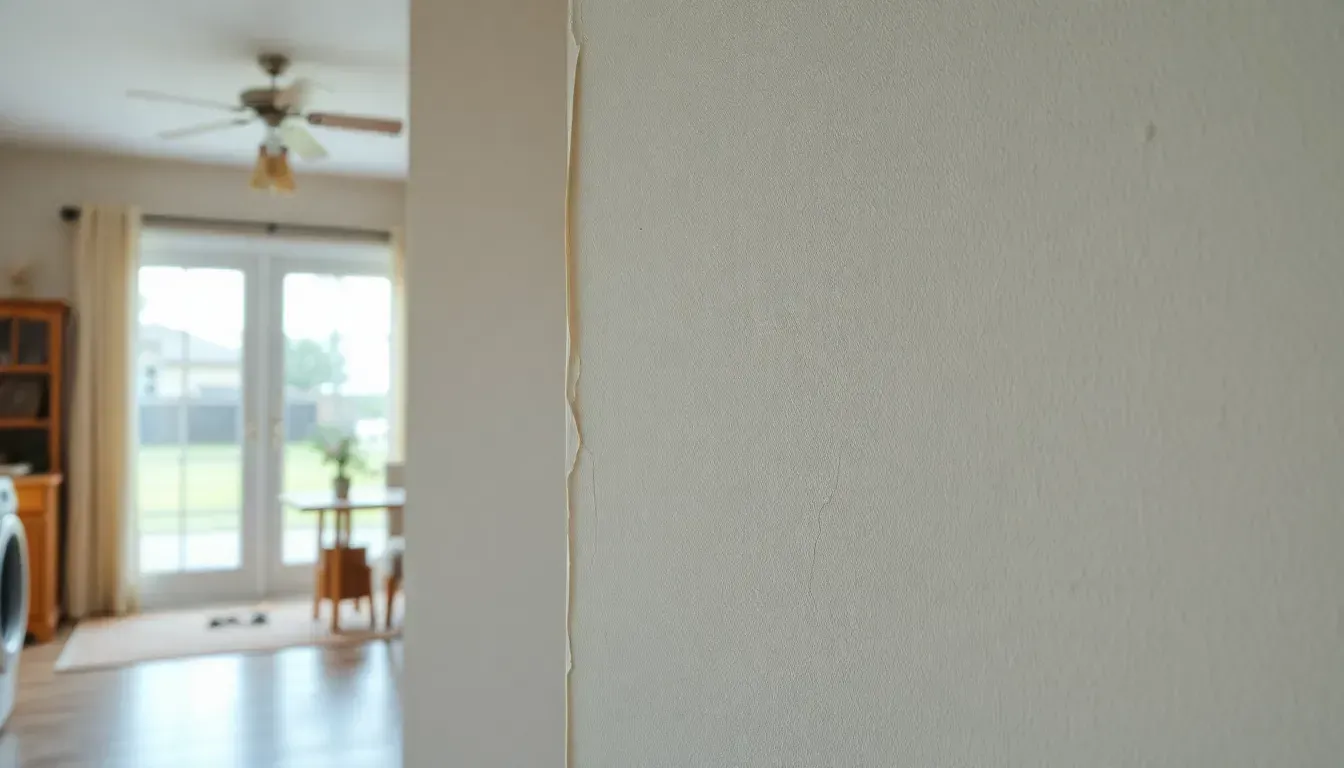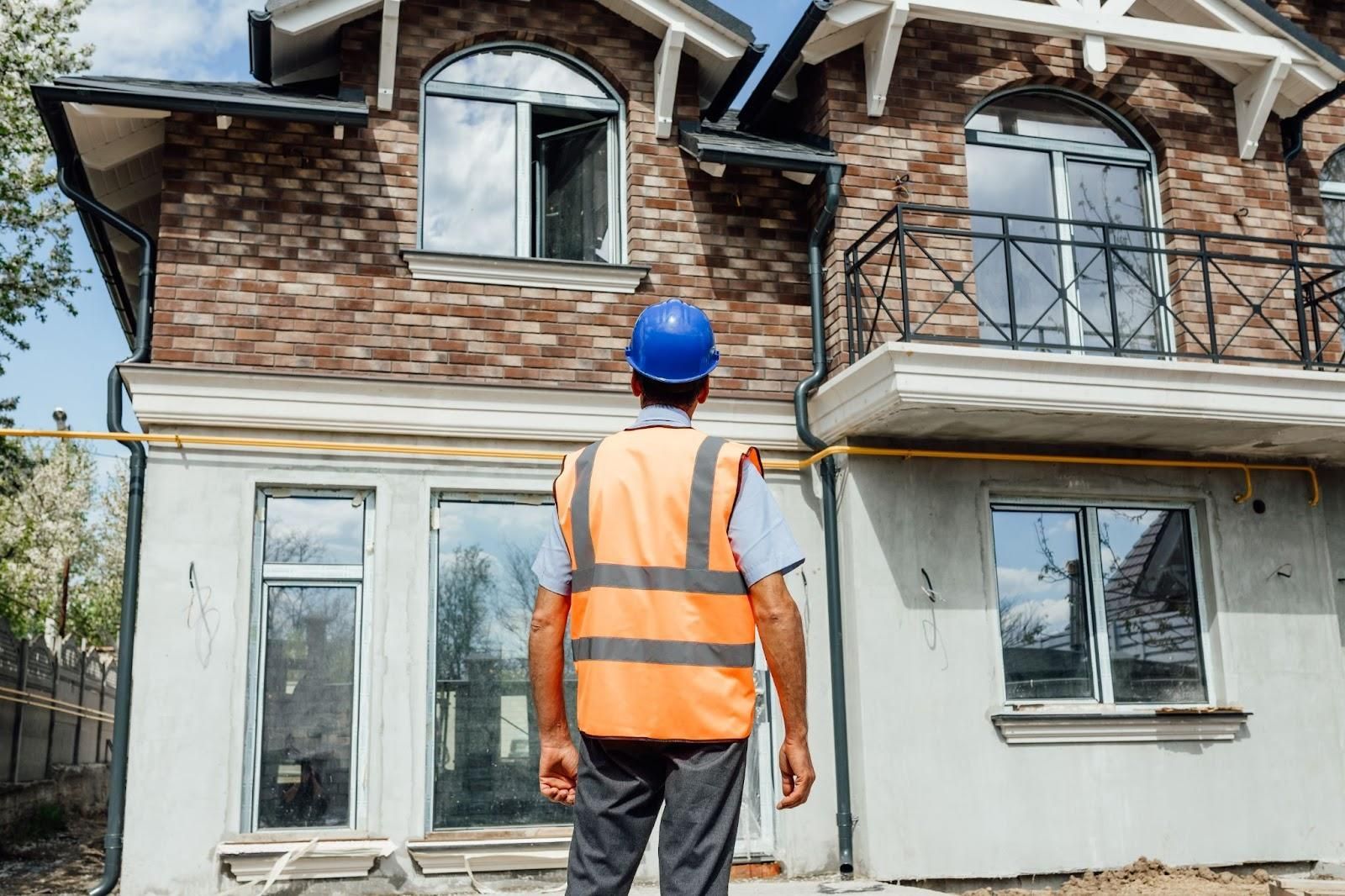Drywall Cracks Won’t Stay Fixed? Discover the Real Cause and How to Fix It
Dealing with a drywall crack that keeps coming back can be incredibly frustrating for homeowners. It’s not just an eyesore; it often signals underlying issues within the structure of a home. Many people find themselves wondering whether it’s a simple cosmetic problem or a sign of something more serious, like foundation issues or moisture intrusion. Identifying the root cause is essential to prevent ongoing repairs and ensure the integrity of the property.
Homeowners often face the stress of repeated repairs that don’t seem to hold up, leading to increased anxiety and dissatisfaction. Understanding the common causes of recurring drywall cracks can help demystify the issue and guide homeowners toward effective solutions. By addressing these problems early, homeowners can save time and money, creating a more stable and comfortable living environment.
Understanding Drywall Cracks
Drywall cracks can signal underlying issues, requiring careful examination. Understanding these cracks helps in identifying the cause and determining the appropriate solution.
Common Causes of Drywall Cracks
Common causes include foundation problems, shifts in framing, temperature fluctuations, or moisture intrusion. Foundation problems create stress on walls, leading to fissures. Shifts in framing result from settling or poor construction practices. Temperature changes expand or contract materials, while moisture intrusion damages structural integrity, leading to cracks.
Types of Drywall Cracks
Types of drywall cracks vary based on their appearance. Hairline cracks represent normal settling, while larger cracks often indicate serious issues. Vertical cracks usually stem from settling, while horizontal cracks suggest excessive stress. Diagonal cracks can signal structural movement. Understanding these types helps in assessing the severity and potential solutions needed to maintain a stable environment.
Why Does My Drywall Crack Keep Coming Back?

Recurring drywall cracks typically indicate underlying issues that require attention. Understanding the reasons behind these persistent cracks can help homeowners address the root causes effectively.
Structural Issues
Structural issues often lead to ongoing drywall cracks. Shifts in the foundation can create stress on the drywall, resulting in cracks. Settling can also occur in new homes, causing similar problems. Framing changes might contribute to misalignment in walls, which may manifest as cracks. Employing a licensed inspector to evaluate structural integrity can identify and remedy these concerns.
Environmental Factors
Environmental factors can significantly impact drywall stability. Temperature fluctuations can cause materials to expand and contract, leading to cracks. High humidity levels can introduce moisture, promoting expansion in drywall and possible damage. Furthermore, inadequate ventilation can worsen humidity issues. Implementing proper ventilation and humidity control measures will help reduce the likelihood of reoccurring drywall cracks.
For more information on addressing drywall concerns and enhancing your home's stability, consider arranging a consultation with trusted professionals.
Identifying the Right Repair Method
Identifying the proper repair method for drywall cracks is crucial for ensuring lasting results. Homeowners can choose from various approaches based on the type and severity of the cracks.
Quick Fixes for Drywall Cracks
Quick fixes work best for minor cracks. Homeowners can use spackle or joint compound to fill hairline cracks. Sanding the area smooth after the compound dries helps maintain an even surface. Additionally, applying a coat of primer and paint can conceal small repairs, giving a fresh look to the area.
Long-Term Solutions for Persistent Cracks
Long-term solutions address the underlying issues causing recurring cracks. Homeowners need to inspect and reinforce framing or foundation problems first. Implementing moisture control methods, such as improving ventilation or dehumidifying rooms, can mitigate environmental impacts. For extensive damage, consulting a licensed contractor may provide necessary structural repairs and prevent future issues.
Identifying the right repair method for drywall cracks ensures stable walls and enhances the living environment.
Prevention Tips for Drywall Cracks
Preventing drywall cracks involves consistent maintenance and monitoring of environmental conditions to ensure the longevity of your walls. Below are key strategies.
Regular Maintenance Practices
Regular inspections of walls can identify early signs of cracks or damages. Homeowners should check for any signs of wear around doors and windows. Addressing moisture issues promptly is essential; dehumidifiers can help control excess humidity.
Additionally, reinforcing framing during renovations can prevent structural shifts that lead to cracks. Regularly painting and sealing walls with moisture-resistant paint can also provide a protective layer against potential water damage.
Monitoring Environmental Conditions
Monitoring indoor humidity levels contributes to preventing drywall cracks. Keeping humidity between 30% and 50% helps maintain a stable environment. Temperature control assists in preventing expansions and contractions that result in cracks. Installing ventilation systems in areas prone to moisture, like basements and bathrooms, minimizes humidity build-up. Using a hygrometer offers accurate readings of humidity levels, allowing for timely adjustments to enhance comfort and protect drywall integrity.
Implementing these prevention tips may significantly reduce the risk of recurring drywall cracks, ensuring a stable living environment for homeowners.
Conclusion
Addressing recurring drywall cracks is essential for maintaining a safe and comfortable home. By identifying the root causes and implementing effective solutions, homeowners can prevent the frustration of constant repairs. Regular inspections and proactive measures can significantly reduce the likelihood of cracks reappearing.
Investing in professional evaluations when needed ensures that structural issues are properly addressed. With the right approach to maintenance and repair, homeowners can enjoy a stable environment free from the worry of persistent drywall damage.
Frequently Asked Questions
What causes recurring drywall cracks in homes?
Recurring drywall cracks often result from underlying issues such as foundation problems, shifts in framing, temperature fluctuations, and moisture intrusion. Identifying these root causes is essential to prevent ongoing repairs and maintain your home's integrity.
How can I identify the type of drywall crack?
Drywall cracks come in various forms, including hairline, larger, vertical, horizontal, and diagonal cracks. Each type indicates different levels of severity and potential structural issues. Understanding these types helps assess the situation accurately.
Should I be worried about hairline cracks?
Hairline cracks are typically minor and may not indicate significant problems. However, it's essential to monitor them. If you notice their expansion or other cracks developing, it may be time to consult a professional.
When should I call a professional about drywall cracks?
If drywall cracks reoccur, expand, or are accompanied by other signs of structural problems, such as uneven floors or water damage, it’s advisable to hire a licensed inspector or contractor to evaluate the situation and recommend solutions.
What are some quick fixes for minor drywall cracks?
For minor cracks, using spackle or joint compound is a quick fix. Ensure the crack is clean, apply the filler, and smooth it out before painting. However, addressing the underlying issue is crucial for long-lasting results.
How can I prevent drywall cracks from recurring?
You can prevent drywall cracks by maintaining indoor humidity levels between 30% and 50%, conducting regular inspections, using moisture-resistant paint, addressing moisture issues promptly, and reinforcing framing as needed during renovations.











